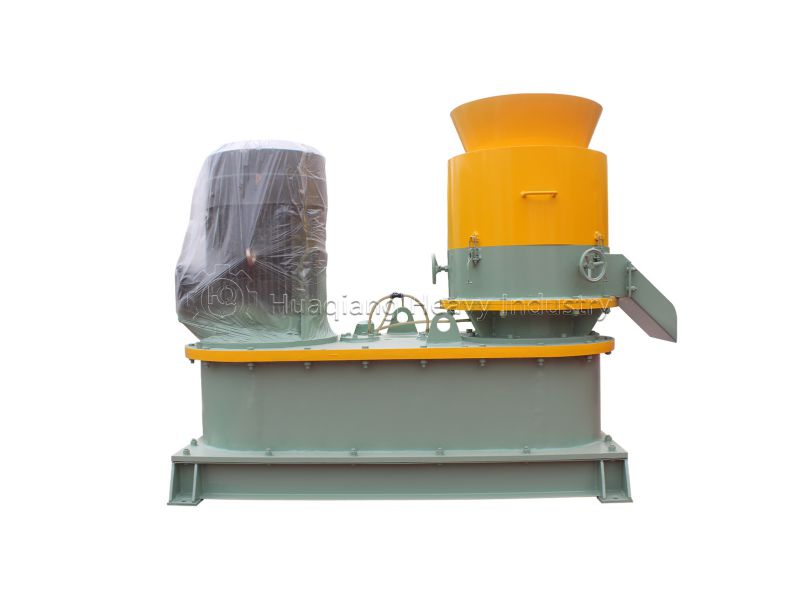With the advancement of green agriculture, “environmental protection and resource utilization” have become core priorities in fertilizer production. Double roller press granulators (fertilizer compaction machines), with their outstanding environmental performance and resource utilization, have become key equipment for green fertilizer processing.
The double roller press granulator offers significant technological advantages in improving fertilizer quality. The fertilizer granules formed through physical extrusion have uniform density and high hardness, making them less prone to breakage and clumping during transportation and storage. More importantly, after application to the soil, these granular fertilizers release nutrients at a steady rate, extending their effective life and reducing the loss of nutrients such as nitrogen, phosphorus, and potassium through rainwater erosion.

The double roller press granulator’s environmental value is also reflected in its raw material processing and energy consumption control. The double roller press granulator can directly process agricultural waste such as fermented livestock and poultry manure, composted straw, and fruit and vegetable residues, transforming “waste” into high-quality organic fertilizer and achieving resource recycling. The equipment also eliminates the need for high-temperature drying, reducing emissions from coal or gas combustion. Its enclosed conveying design effectively controls dust spillage, improving the production environment.
Furthermore, its operation and maintenance requirements are low. Its simple structure and clear procedures allow workers to master the process after a short training period. Routine maintenance requires only regular inspection of the squeeze rollers for wear and cleaning of the feed channel, significantly reducing operational costs for small and medium-sized fertilizer companies.

.jpg)






